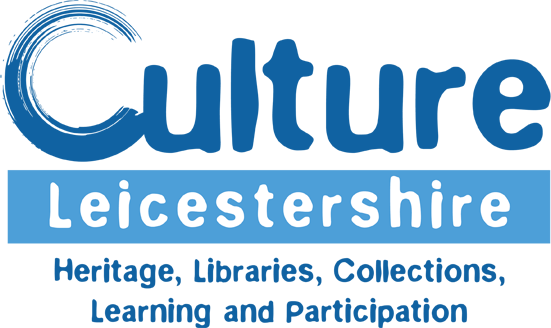
Tuesday 29th October 2024
Workspaces + Collaboration: Part 1
This blog post was originally written for and hosted by Creative Leicestershire on their website, as part of their activities in supporting the work of practitioners in the creative and cultural sector
I usually hate ‘buzz’ words and marketing jargon but the term ‘creative clustering’ evokes a great image for me.
In the dog eat dog world of business, I love the idea of creative folk clustering together to share and collaborate, living, breathing proof that we’ve not all sold our souls to communicating via social media or dissecting our competition for an exploitable weak spot. I imagine clusters of people, portfolios and coffee cups behind every door in the Cultural Quarter and it reminds me that art has always had a wonderful knack of bringing people together.
Working in isolation can drain the enthusiasm out of the best ideas. A wealth of workspaces, networks and community opportunities have cropped up all over Leicestershire over the past ten years. Studios and workshops are invaluable in terms of equipment, space and the all–important kettle, but it’s not just about the physical space. It’s also about the mental space: there is nothing more encouraging than sharing your workspace with likeminded artists, supportive ears and potential collaborators.
Talking of which, collaboration has never been more innovative than it is now. Art used to be seen as a niche industry – something exotic and eccentric which stood apart from blue chip, white collar industries. Not anymore. Health, technology, education and science industries have formed some really exciting alliances recently. We’ve grilled artists and creative industry insiders on why being a part of a creative community and opening your mind to collaboration can lead to some of the most meaningful relationships of your career.
“If you bring some ingredients and your colleagues bring some too, you have all you need to make a meal. The workspace is the kitchen” – producer Anand Bhatt
Traditionally most artists worked out of their own homes, converting spare rooms, garages and sheds into workshops and studios. Although that remains the case for many, the rise of the communal workspace has been a godsend to those who lack the resources to work from a fully equipped summerhouse at the bottom of the garden. I’ve no doubt that lack of resources has killed off many an ambition, especially when your ‘perspective’ is occasionally running an idea by family and friends, while not really seeing their feedback as motivated by anything other than loyalty and encouragement.
Graphic and Product Designer Anna Lisovskaya, of studio Fox & Co and workshop My Workspace, has a vision. A vision to “create a campus of design fun, where creatives from various industries work, create, and collaborate together.” She explains: “It is really hard for new designers to get through to retailers and I fully appreciate the risks the retailers face giving up valuable shelf space for untested products. I would like to provide a platform for designers and makers to have a chance at selling their products and learn what works and what doesn’t. So when they are ready to knock on the door of a big retailer they’ve tested the market and know what to do.” That’s not the kind of support you find in a summer house.
Anna’s vision stretches beyond the odd studio though: she wants to create a community where manufacture goes hand in hand with retail and networking…“Imagine a Googleplex for design, with studios and workshops, micro manufacture facilities, gardens with cafés, shops stocked purely by the on-site designers. Oh, and an open air cinema for the dry and warm nights!” she reveals, adding “I am under no illusion at the size of the project, but I feel that time is on my side. I am in for the long haul.”
Leicester Print Workshop is another organisation which has responded to the need for artist facilities by expanding this year. Director Lucy Phillips explains: “LPW is realising its ambitions to have a fantastic new home with space for exhibitions and education, workspaces for artists and an exemplary fine art printmaking studio.” This month saw the facility open its doors and Lucy couldn’t be prouder of the community at the heart of their 30 year old business.
“I work in a place where people are making, playing, experimenting and learning all the time; my colleagues are talented and committed and we all work together to do the best for the workshop.”
It is environments such as these which breed creative clusters. After all, as Lucy says: “Networking means building a community of creatives who can make things happen, collectively and individually. Peer support is very important: networking can help you find the people who are at similar stages in their career and you can share your experiences and bounce ideas off each other. Support your network to help make things happen.” Making things happen is what keeps the art industry turning.
More blogs
Tuesday 29th October 2024
(Part 2) Starting a career in the Arts? Here’s some key advice from past and present Lead Artists
This blog post was originally written for and hosted by Creative Leicestershire…
Tuesday 29th October 2024
(Part 1) Starting a career in the Arts? Here’s some key advice from past and present Lead Artists
This blog post was originally written for and hosted by Creative Leicestershire…
